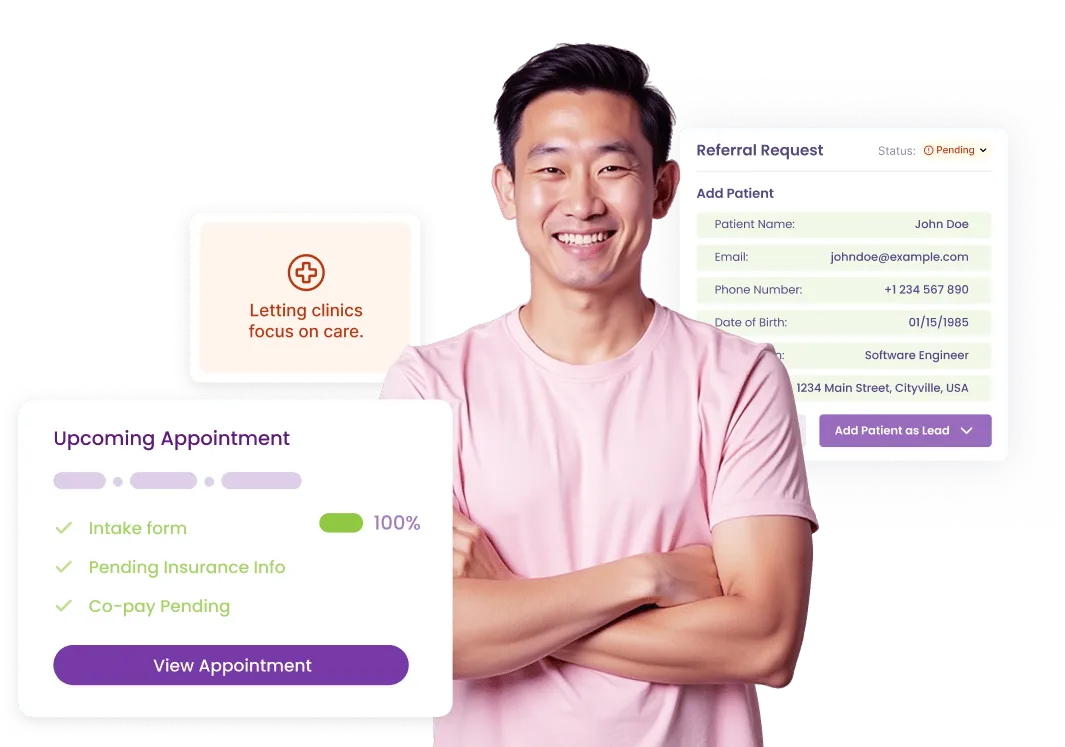96127 – Behavioral Health Assessment / Diagnostic Service
CPT code 96127 represents a distinct mental or behavioral health service, including evaluation, therapy, or care coordination.
What is CPT
96127
?
96127 pertains to the administration and scoring of standardized assessment instruments used in diagnostic evaluations. This entry outlines the clinical objectives, documentation requirements, and payer considerations associated with this CPT code. It is imperative for providers to ensure that clinical notes are congruent with evidence-based interventions and to meticulously document treatment objectives, interventions applied, and measurable patient progress. For services billed based on time, accurate recording of start and stop times is essential to substantiate the billed duration.

Documentation Tips
When billing for time-based assessments, it is critical to document both the start and stop times to provide clear justification for the duration billed. Clinicians should include specific details about the therapeutic modality or assessment instrument utilized, the clinical focus of the assessment, the patient’s response during the session, and a plan for follow-up. For any scored instruments, maintain copies of the completed tools in the patient’s record. In telehealth settings, ensure to document patient consent and the platform used for the session. Utilize standardized documentation structures such as SOAP (Subjective, Objective, Assessment, Plan) or DAP (Data, Assessment, Plan) to enhance audit readiness and consistency.

At a Glance
- Service Type: Assessment
- Use Case: Diagnostic / Testing
- Typical Setting: Outpatient clinic, telehealth, or community mental health centers (depending on payer policies)
- Billing Unit: Per session or per instrument (may vary by specific services rendered)
- Common Pairings: 90791, 96136, psychotherapy codes
Billing Examples
For instance, a clinician may administer the PHQ-9, a standardized tool for screening depressive symptoms, and subsequently file and bill for the scored instrument. In another scenario, a clinician may carry out a comprehensive neuropsychological assessment that involves multiple standardized tests, ensuring that each phase of administration, scoring, and interpretation is well-documented to support appropriate coding. These comprehensive records are essential not only for billing purposes but also for tracking patient progress and informing treatment strategies.
Compliance Guidelines
- Prior to billing, verify each payer's coverage policies and authorization requirements to avoid denials.
- Document medical necessity clearly, linking all services rendered to corresponding ICD-10 diagnoses to substantiate the need for assessment.
- Employ correct modifiers as necessary, such as modifier 95 for telehealth services, to reflect compliance with payer requirements.
- Avoid upcoding practices; always select the code that accurately reflects the documented time and level of service provided.
- Conduct regular audits of billing practices and documentation quality to minimize claim denials and enhance compliance with payer expectations.
Common ICD-10 Codes
Helpful links for mental health billing and documentation
- F32.9
- F41.1
- R45.0
- Z13.89
- F90.0
Additional Resources
Helpful links for mental health billing and documentation
Related CPT Codes
Helpful links for mental health billing and documentation
Got questions? We’ve got answers.
Need more help? Reach out to us.
Q1: What is this code used for?
A: The code 96127 is applicable when the clinical services provided align with the assessment and diagnostic activities defined by this code. It is essential that all documentation substantiates the billed service to ensure compliance and reimbursement.
Q2: Can it be billed via telehealth?
A: Yes, many payers allow billing for telehealth services as long as the session is conducted synchronously and all necessary modifiers and consent documentation are correctly recorded. It is crucial to review specific payer policies regarding telehealth coverage.
Q3: What documentation will payers request?
A: Payers typically request detailed documentation that includes the time spent on the assessment, the therapeutic techniques or assessment instruments utilized, the patient's responses, and a clear linkage to a covered ICD-10 diagnosis.
Q4: Can this be billed with other services?
A: Yes, when billing for multiple services, it is important to document distinct times for each service and provide a rationale for the different levels of care. Utilize appropriate add-on codes or follow evaluation and management separation rules as applicable.
Q5: Common denial reasons?
A: Common reasons for denials include missing time logs, lack of documented medical necessity, improper use of modifiers, or billing that exceeds frequency limits set by payers.

